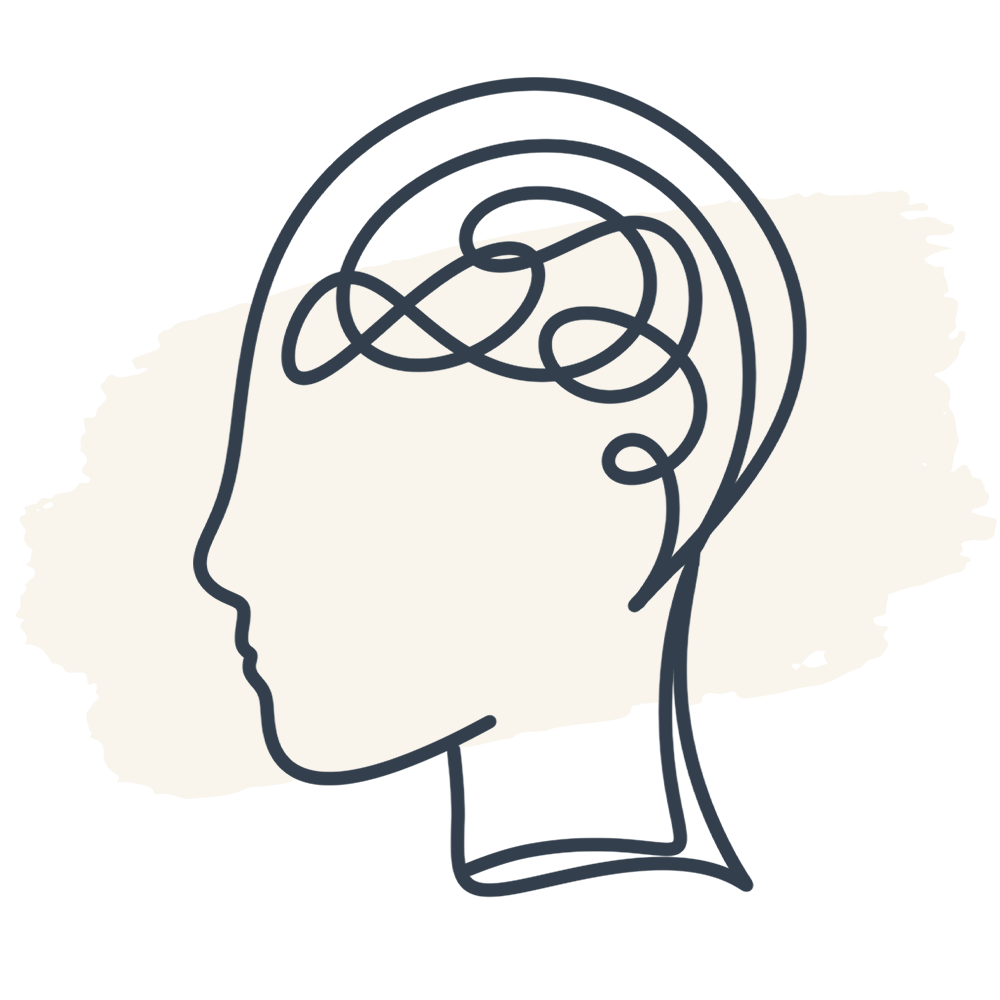On this page:
- How dementia affects continence
- Tackling continence problems relating to dementia
- Identifying and managing underlying health issues
- Free eBook: Dementia Care
- Bowel and Bladder Health
- Identifying and managing underlying health issues
- Tips to make it easier to use toilet
- Incontinence pads and other containment devices
- Additional Information
Adults living with dementia can experience incontinence for a variety of reasons.
Incontinence can also be a sign of an underlying problem which needs prompt treatment. This might be a serious condition such as cancer or a more common problem such as a urine infection.
Always seek expert medical advice and do not assume that dementia is the cause.
How dementia affects continence
Incontinence is the term used to describe involuntary loss of control of either bladder and bowel.
There are lots of reasons to develop incontinence and it is important to establish the cause so that it can be treated properly. There might be a serious underlying condition such as cancer or a more common problem such as constipation or a urine infection.
Dementia can contribute to incontinence in many ways. Sometimes it is because the disease is interfering with the way the brain processes messages from the bladder or bowel.
It might also be due to difficulties finding, recognising or using a toilet in a timely fashion. This is not necessarily incontinence although it is a continence problem. Continence problems can be made worse if there are any associated mobility problems.
Everyone has a different experience of dementia and continence problems are not inevitable. As the disease advances, some individuals find it more difficult to:
- Recognise when they need to use a toilet
- Find or use a toilet
- Adjust clothing to use a toilet
- Undertake appropriate hygiene measures such as wiping, dressing or handwashing
Tackling continence problems relating to dementia
There are 3 main approaches to bear in mind:
- Consider related health problems
- Promote good bowel and bladder health
- Help to make is as easy as possible to use a toilet
Identify and manage any underlying health issues
Never assume that continence issues are due to dementia alone, always seek medical advice. Also, consider whether day to day health issues might be contributing to any continence problems.
Common factors include:
- Urine infections
- Constipation or diarrhoea
- Medicines (speak to a doctor or pharmacist )
Free eBook: Dementia Care
Growing numbers of carents are stepping up to care for older relatives living with dementia but many of you find it hard to access the information, and the practical and emotional support you desperately need.
That’s why we've created this guide, to help you understand and explore some common dementia care topics whenever and wherever the need arises.
Simply complete the form and the eBook will be sent to you via email.
Promoting Bowel and Bladder health
Promoting good bowel and bladder health can help to promote continence whilst avoiding common contributing factors like constipation or urine infections. Key actions include:
- Prompting to empty the bladder at regular intervals eg every two to three hours. Sitting on the toilet within half-hour of meals can often prevent faecal accidents.
- Ensuring adequate fluid intake. This means drinking around 1.5-2litres or 3-4pints per day. Fluid can be made up from any variety of fluids – not just water – including foods with a high fluid content eg cereals with plenty of milk, fruit, vegetables, ice cream etc . You can encourage fluid intake by regularly sitting down and having a drink together, prompting and encouraging as appropriate, and regularly offering a variety of appealing options
- Ensuring a fibre rich diet with plenty of cereals, fruit and vegetables
- Promoting regular physical activity eg walking
Identify and manage any underlying health issues
Never assume that continence issues are due to dementia alone, always seek medical advice. Also, consider whether day to day health issues might be contributing to any continence problems.
Common factors include:
- Urine infections
- Constipation or diarrhoea
- Medicines (speak to a doctor or pharmacist )
Tips to make it easier to use toilet
The following tips can help to make it as easy as possible to find or use a toilet:
- Signpost toilets effectively eg a sign on the toilet door with a suitable word or picture
- Make the route to the toilet easy and safe by removing any obstacles and ensuring it is well lit
- Leave the toilet door ajar and the seat in the appropriate position (up or down depending on gender)
- A contrasting coloured toilet seat can help eg blue rather than white
- Remove bathroom mirrors to avoid any confusing reflections
- Install grab rails (in a bright colour) if necessary
- Help to adjust clothing or position as appropriate. Removing belts and using simple fastenings can also help.
About Incontinence pads and other containment devices
Pads, pants, waterproof bedding and sheets can also be useful and are described more fully in our article on incontinence
Stay in touch with The Carents Room
Stay informed and supported on your carenting journey with our newsletter, designed to provide you with:
- Practical Tips: Get expert advice and useful tips to help you navigate the challenges of caring for your elderly relatives.
- Latest Updates: Stay up-to-date with the latest news, research, and developments in health and care services.
- Community Insights: Hear from fellow carents, sharing their experiences and stories to support you.
- Exclusive Resources: Access special content and resources designed to make your role as a carer easier and more effective.
Join our community today and make carenting a smoother, more informed experience. Simply enter your email below to start receiving our carefully curated content straight to your inbox.









